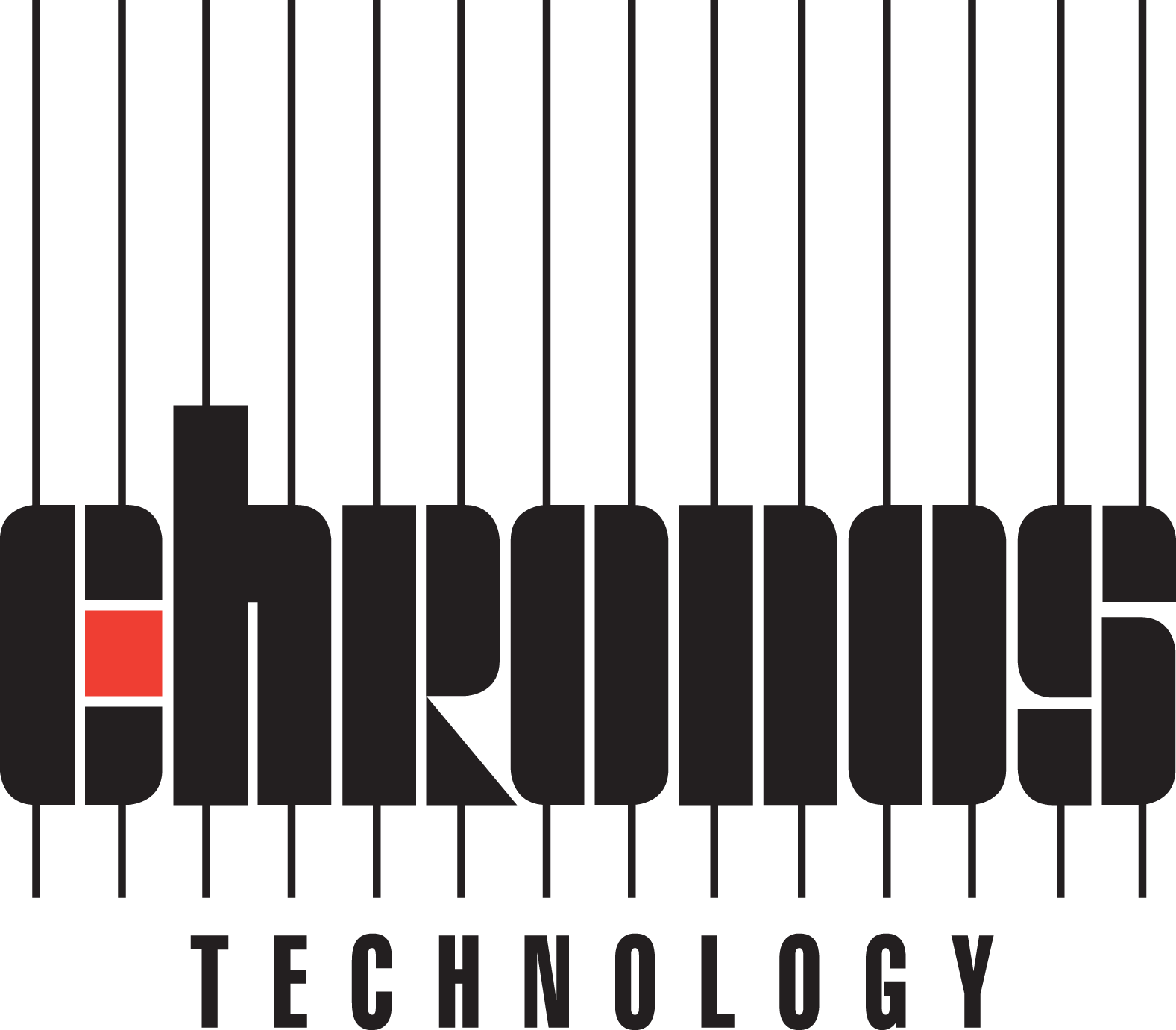This document describes the Governance arrangements for the International Timing & Sync Forum – ITSF. And identifies the key organisations involved in running the ITSF annual event.
Background
The ITSF was conceived in 2000 by Prof. Charles Curry bringing together a group of industry experts to emulate (from a European perspective) the US Workshop on Synchronization in Telecommunications Systems (WSTS) held annually in Boulder, Colorado. The first ITSF workshop was held in March 2001 in London and since then has gone from strength to strength and is held annually in cities across Europe. ITSF is the largest time and synchronisation conference and exhibition in the world showcasing solutions for 4G/5G, Finance, Broadcast, Automotive, Smart Grids, IoT, Distributed Datacenters, Transport and Defence.
Governance Structure
The International Timing and Sync Forum (ITSF) is managed by an elected Steering Group (SG) which sets the annual format for the event and agrees the main topics upon which to focus. The SG is composed of timing professionals representing a cross section of users, manufacturers, test equipment, services and Standards bodies associated with applications from sectors which require precise or traceable time including telecoms, utilities, broadcast, finance and defence.
Within the ITSF SG is an Executive Steering Group (ESG) comprising the Chairman, Vice Chairman and immediate past Chairman and a representative from the event organiser. The ESG sets the strategic priorities such as venue, appointment and responsibilities of the event organiser, agreement on costs including delegate fees and ITSF Governance. Responsibilities of the event organiser include provision of Secretariat services related to the SG activities.
A Chairman and Vice Chairman are elected by the SG at an annual election held prior to the conference in October, if necessary, overseen by the ESG, with voting done by email or other electronic method. Candidates for either position must have served on the SG for at least two years immediately prior to the election. A valid election vote requires a quorum of 66% of the SG members. For the election, support shall be greater than 50% of all members in the quorum during the voting period.
The result should be announced at the AGM held on the middle day of ITSF after the day’s proceedings are complete. The Chairman may continue as Chairman for a maximum of two years but may retire after one year. When the incumbent Chairman retires, the Vice Chairman is expected to be a candidate to become Chairman. The new Chairman and Vice Chairman will take up their position effective from the end of the Conference.
Membership of the SG is open to any individual who can demonstrate knowledge of and a contribution to the need and understanding for precise or traceable timing in critical infrastructure. Individuals nominated to be Members of the SG shall have demonstrated a minimum participation in attending the ITSF conference in person of at least two (2) out of the immediate past three (3) years. Members may be elected onto the SG by being proposed and seconded by existing members and having gained the support of at least 75% of the SG.
Election of new members should be held during the ITSF AGM or in general before the start of the organisation of the next edition of ITSF. Exceptions to the SG membership election rules may be made by, and at the sole discretion of, the ESG in special cases (e.g. need to increase the SG members).
The optimal number of Members on the SG is between 20 and 25. Members are expected to actively participate in the planning and delivery process and assist as session co-chairs for the annual ITSF conference. Individual SG Members are expected to attend the in-person ITSF conference with the full support of their sponsor or employer while being allowed appropriate time for the planning, preparation, and hosting of the conference throughout the year. If SG Members are unable to participate for at least two preparation meetings or the conference itself, they may be asked to stand down in order to make way for new members who would be more focused on developing the ITSF conference.
The SG meets as often as necessary (either physically or via conference call) to set the goals and objectives, create the detailed speaker schedule for the next annual event, agree social events and decide on a candidate for the annual TimeLord award. The committee is split into sub-committee working groups to establish individual themes for both the 3-day Forum and accompanying preceding Tutorials.
The scheduling of the ITSF event shall be coordinated to avoid conflict with other events in the time and synchronisation community.
Changes to these Governance rules require agreement by greater than 75% of all the SG members that cast their vote when changes are proposed, and greater than 50% of all members irrespective if they chose to vote or not.
The Next WSTS
The 2025 Annual Workshop on Synchronization and Timing Systems (WSTS), sponsored by NIST and ATIS, will take place in Savannah, USA on 12-15 May 2025. Visit the official website here
